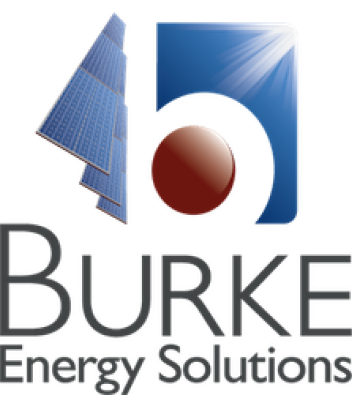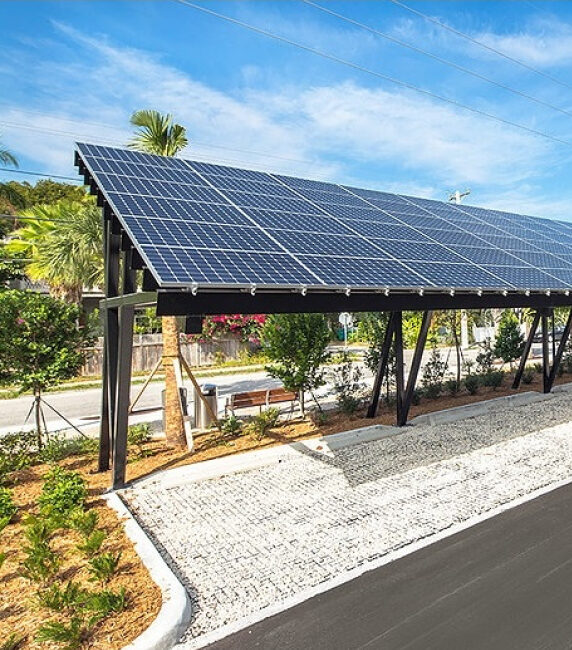
About Us
Burke Energy Solutions (BES) was established in 2018 as a joint venture between Dimensione Ingenierie, a global solar engineering firm founded in 1999, and Burke Construction Group, Inc. (BCG), a Florida-based commercial construction company founded in 2007. This strategic partnership brings together Dimensione Ingenierie’s international technical expertise in solar energy and BCG’s proven track record in delivering high-quality construction projects throughout the Southeast U.S. and the Caribbean.
BES specializes in turnkey photovoltaic solutions, offering a comprehensive suite of services including client needs analysis, system design, project management, permitting, installation, commissioning, post-sale support, and ongoing operations and maintenance (O&M).
With Dimensione Ingenierie’s decades of experience in global solar markets and BCG’s extensive regional construction capabilities, BES is uniquely positioned to deliver innovative, reliable, and customized solar energy systems. This synergy allows BES to go far beyond standard panel-and-inverter installations—providing high-efficiency, integrated solutions tailored to each client’s energy objectives and site-specific needs.
Our Approach
Strengthened by its global approach, Burke Energy Solutions LLC, is a full-service boutique Solar Engineering, Procurement, Contractor (EPC) firm located in Miami, Florida. We specialize in unique and logistically challenging projects through the world, from Owner concept through the Preliminary Feasibility Study, Final Design Drawing, Installation, and long-term remote management of the Solar Plants via software technology. Burke Energy Solutions helps businesses achieve their maximum solar energy potential via the latest, technology and coordinated management operations.
our expertise

Solar Leadership
BES proudly aligns itself with the Florida Solar Energy Industries Association, reflecting our unwavering dedication to advancing clean and renewable energy sources. As esteemed members of this association, we stand at the forefront of forging a sustainable future, one solar panel at a time.
At Burke Energy Solutions, we’re proud to lead the way in the solar industry, driven by innovation, expertise, and a commitment to sustainability. With decades of experience and a focus on cutting-edge solutions, we deliver efficient and effective solar installations for a greener future. From residential rooftops to large-scale commercial arrays, our team empowers communities and businesses to embrace renewable energy, reducing carbon emissions and creating a brighter tomorrow for generations to come.

Key Benefits
- Reduced Energy Bill
Whether you’re a homeowner, business, or nonprofit, electricity costs can be a significant expense each month. When you go solar, you can generate free power for the structure’s lifespan. Whether you want to convert completely to solar, or partially, there are significant financial benefits.
- Increase Property Value
There are various studies that point towards property value increasing when solar energy systems are installed. The future is moving towards solar, and installing systems sooner will give your property more value for the coming years as demand for solar continues to rise.
- Help Promote Sustainability
The world is looking for sustainable energy solutions. There is an enormous supply of energy that can be harnessed from the sun through solar array panels. The more businesses, non-profits, and residents who convert to solar will continue to move us closer to a sustainable future.
- Protect the Environment
Solar is an incredible way to reduce your carbon footprint. Buildings are responsible for 38 percent of all carbon emissions in the U.S., and going solar can significantly decrease that number. You can be a part of the solution in protecting our world.
- Create Jobs
According to The Solar Foundation, the solar industry adds jobs faster than the overall U.S. economy. This growth is expected to continue over the years as more people go solar. Solar-related jobs are a significant contributor to the U.S. economy.
- Stay Competitive
Companies quickly are realizing the social and economic benefits of adopting solar power. As early adopters pull ahead of the competition, many companies are exploring solar power as a way to keep up. Be ahead of the curve and commit to going solar!




